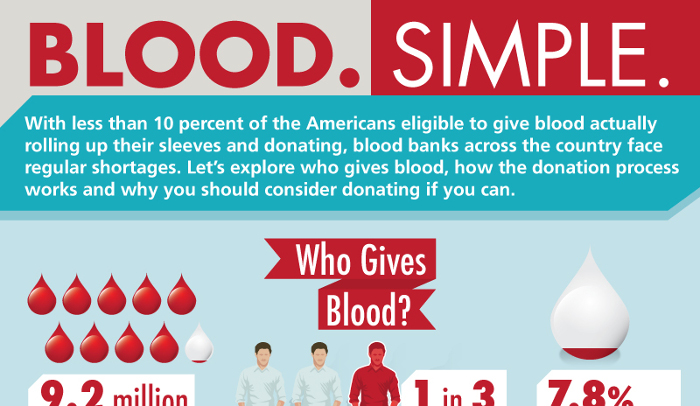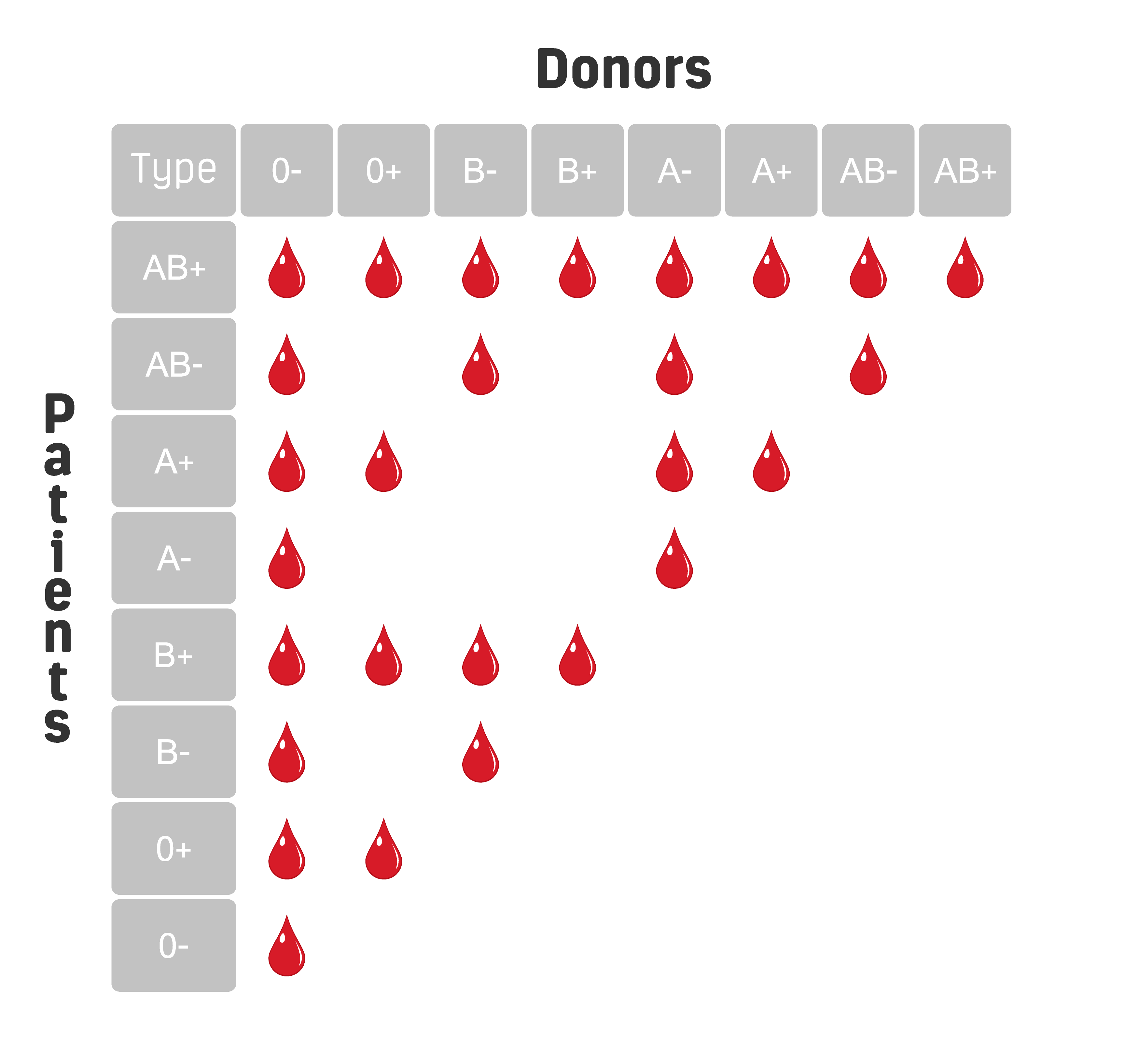Essentials
- Plasma is the liquid component of blood.
- Plasma transports cells, proteins, hormones and vitamins around the body and removes waste products.
- Plasma also contains proteins which defend our bodies against invaders and help blood to clot.
- Donated, frozen plasma is used in clinical settings such as hospitals.
What disqualifies you from donating plasma?
May 06, 2020 · Many people are familiar with the benefits and the process of blood donation; however, few people understand the importance of plasma donation. Plasma is the pale, yellow …
What are good foods to eat before donating plasma?
Quite simply, plasma donors are needed because lives depend on plasma protein therapies. Donating plasma is often called, "the gift of life." Only a small number of people living in the …
What can disqualify you from donating plasma?
May 19, 2021 · Plasma is used to help patients with severe burns, cancer or other potentially life-threatening conditions. The Red Cross encourages donors with the AB blood type to …
What are the reasons you cannot donate plasma?
Plasma, which is a component of human blood, is an essential ingredient in treatments for many conditions, from serious burns and trauma to immune deficiency to bleeding disorders. By …

What is the benefit of donating plasma?
Electrolytes are minerals that help to balance the amount of water, nutrients and pH level inside the body. In this situation, a plasma transfusion can provide the lifesaving blood volume needed to restore their blood pressure and volume status, as well as restore electrolyte levels.May 6, 2020
Is donating plasma worth it?
Donating does a lot of good. Blood plasma is needed for many modern medical therapies. These include treatments for immune system conditions, bleeding, and respiratory disorders, as well as blood transfusions and wound healing. Plasma donation is necessary to collect enough plasma for medical treatments.
Why is plasma so important?
The main role of plasma is to take nutrients, hormones, and proteins to the parts of the body that need it. Cells also put their waste products into the plasma. The plasma then helps remove this waste from the body.
Is plasma donation painful?
Does donating plasma hurt? Donating plasma shouldn't hurt. Donating plasma should feel the same as a regular blood donation. You might feel a stinging sensation when the needle is inserted, but after that, the staff will do its best to make sure that you're comfortable throughout the donation process.Nov 24, 2021
How much is my plasma worth?
How much money you make depends on where you're located and how much you weigh. (Typically, the more a donor weighs, the more plasma can be collected and the longer an appointment takes.) But at most donation centers, compensation is around $50 to $75 per appointment. First-time donors sometimes get big bonuses, too.Apr 30, 2021
What are 4 functions of plasma?
It helps with immunity, blood clotting, maintaining blood pressure, blood volume, and pH balance in the body. It also plays a key role in transporting blood cells, nutrients, proteins, waste products, and hormones throughout the body.Aug 31, 2021
What disqualifies you from donating plasma?
People can't donate if they have or had tuberculosis, heart disease (and currently taking medication for it), sickle cell anemia, certain types of cancer, or malaria (contracted in the past three years or travelled to an endemic area in the past year).Nov 12, 2019
Is AB positive plasma worth more?
Only about 3 percent of the U.S. population is AB+, making AB+ blood donors all the more valuable. Although people with AB+ blood can receive from any blood type, it is always preferred to receive blood from a person with the same blood type.Dec 22, 2014
Why is plasma donation important?
Source plasma donation and blood donation are critically important activities that contribute to saving lives. For many with rare diseases, these are the only therapies available to treat these chronic conditions. Your plasma will be used to create therapies that treat a variety of conditions and diseases. Below is a brief description of the types ...
Why do people need plasma?
Quite simply, plasma donors are needed because lives depend on plasma protein therapies. Donating plasma is often called, "the gift of life.". Only a small number of people living in the U.S. who are eligible to donate blood or source plasma actually donate.
What is plasma used for?
Your plasma will be used to create therapies that treat a variety of conditions and diseases. Below is a brief description of the types of plasma protein therapies that are manufactured from source plasma and the types of conditions they are used to treat.
What is Alpha 1 Antitrypsin?
It is a heredity condition that may result in serious lung disease in adults and lung and/or liver disease in both children and adults. Albumin —Albumin is used to treat burns, trauma patients and surgical patients.
What is plasma donation?
Plasma Donation: During a plasma donation, called plasmapheresis, blood is drawn from one arm and sent to the centrifuge that separates out the plasma. The red blood cells and platelets are then returned to you in the same arm.
How many units of plasma can you donate?
One donation provides up to four units of plasma for patients in need. As you can see, blood donations are one of the most important things you can do to help others in need. There is no substitute for blood, and it can’t be manufactured. Every day, blood donors help patients of all ages from all backgrounds.
Why is blood important?
Blood is essential to help patients survive surgeries, cancer treatment, chronic illnesses, and traumatic injuries. This lifesaving care starts with one person making a generous donation. The need for blood is constant. But only about 3% of age-eligible people donate blood yearly.
What percentage of blood is donated to the Red Cross?
The Red Cross provides about 40% of our nation’s blood and blood cell components to donors. Your blood donations are used for patients in need of surgery, cancer treatment and transfusions for blood loss from traumatic injuries.
Why do people need platelets?
Platelets help your body create clots to stop bleeding. Platelet donations are critical for patients who are fighting cancer, chronic diseases and traumatic injuries. The collection process is unique and a bit different than the whole blood donations, both arms are involved.
What is the CMV virus?
CMV is known as the cytomegalovirus. CMV is a flu-like virus to which an estimated 85% of adults in the United States will be exposed by the age of 40. This means that the majority of adults in the United States carry CMV antibodies. Unfortunately, these antibodies might pose a danger to particularly vulnerable patients.
Why do people donate plasma?
Why Donating Plasma Matters. Plasma, which is a component of human blood, is an essential ingredient in treatments for many conditions, from serious burns and trauma to immune deficiency to bleeding disorders. By donating plasma, donors are offering a lifeline to someone in need.
What is the power of plasma donation?
The power of a plasma donation is where this amazing journey begins with each visit to any one of our BPL Plasma donation centers. It ends with the creation of life-saving, plasma-based therapies that help patients all over the globe.
How often can you donate plasma?
Donating plasma is a lot like giving blood, but unlike whole blood donation, plasma donations can be done twice a week. During the donation process, plasma is separated from blood cells which are returned to the body.
What is the liquid component of blood?
Plasma , which is the liquid component of blood, represents about half of total blood volume. Plasma itself is around 90% water; the other 10% includes proteins, minerals, waste products, clotting factors, hormones, and immunoglobins.

Popular Posts:
- 1. where can you donate platelets for money las vegas
- 2. does disney donate when people post#childhoodcancerawareness
- 3. what are the best charities to donate to right now
- 4. how much to donate bone marrow
- 5. how can i donate to india
- 6. why you should donate to world vision
- 7. where to donate unused greeting cards
- 8. where can i donate to puerto rico?
- 9. where to donate damaged socks and tshirts for rag use
- 10. where to donate for the holidays